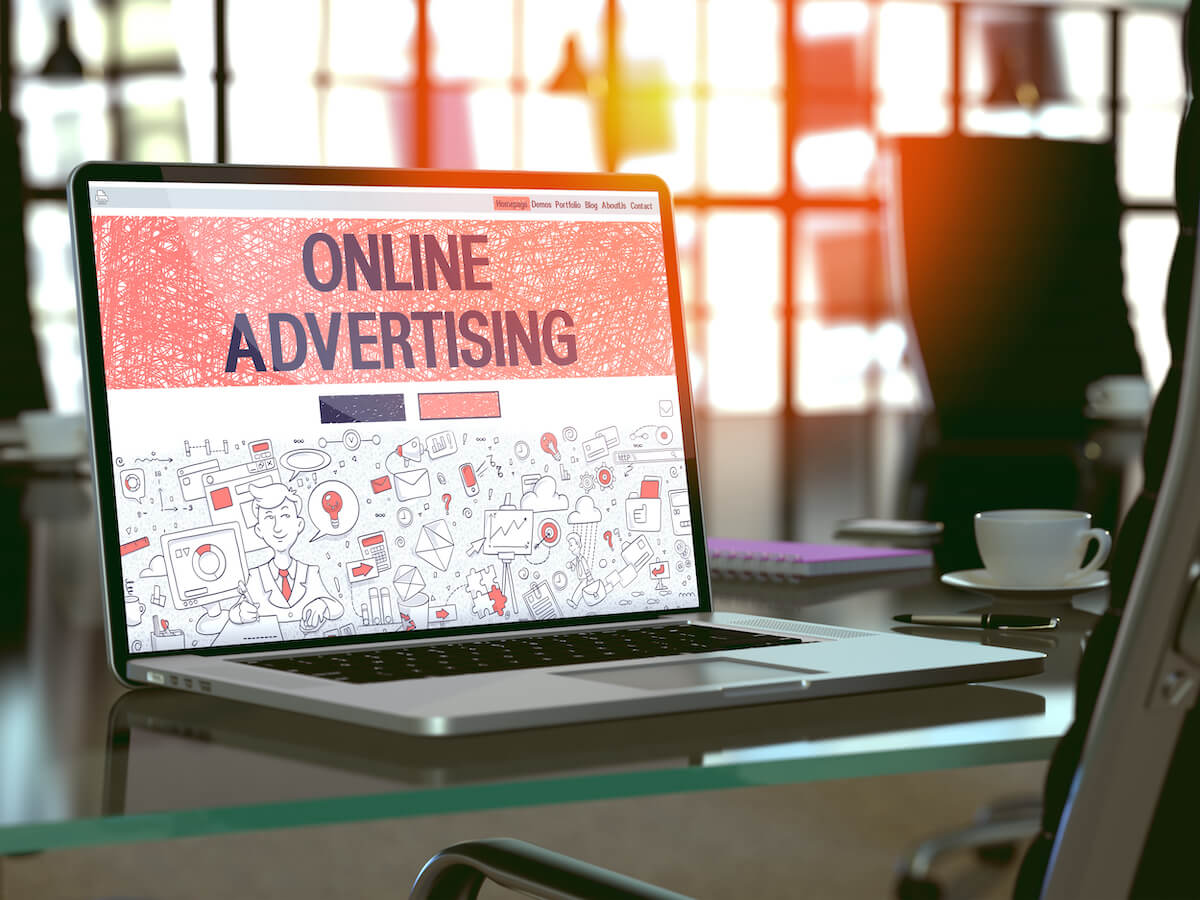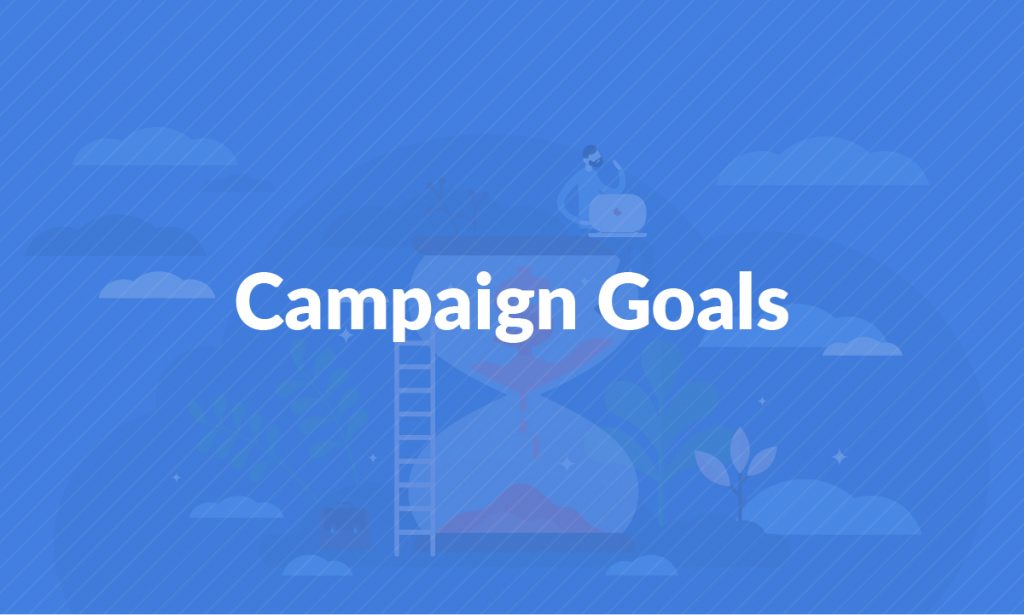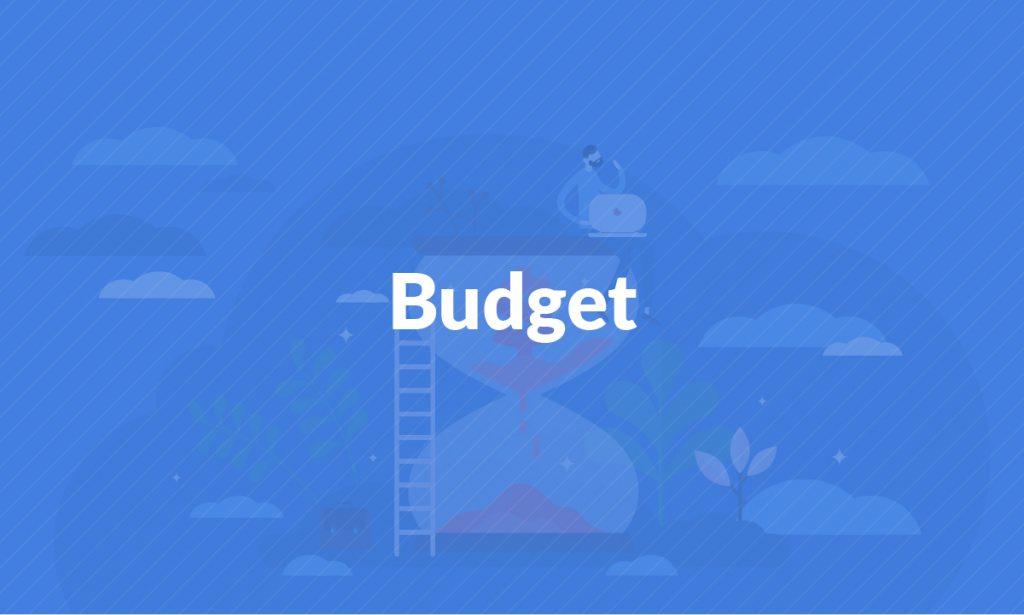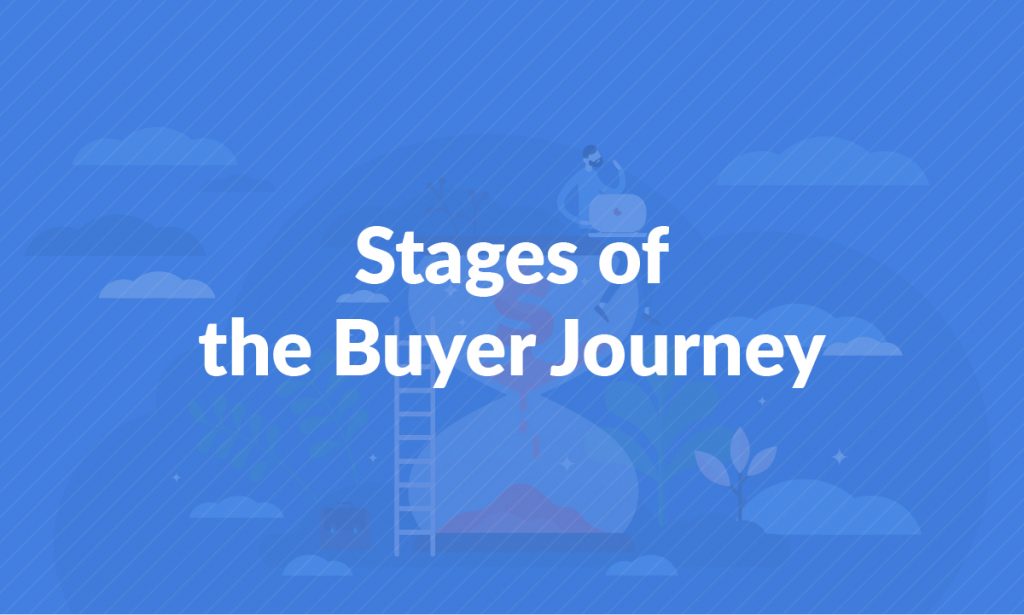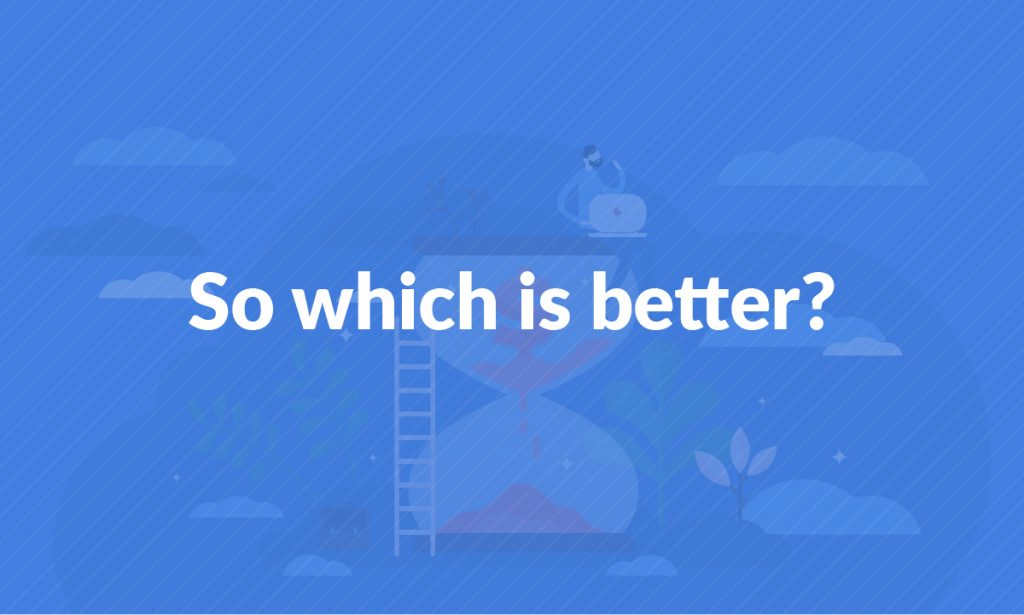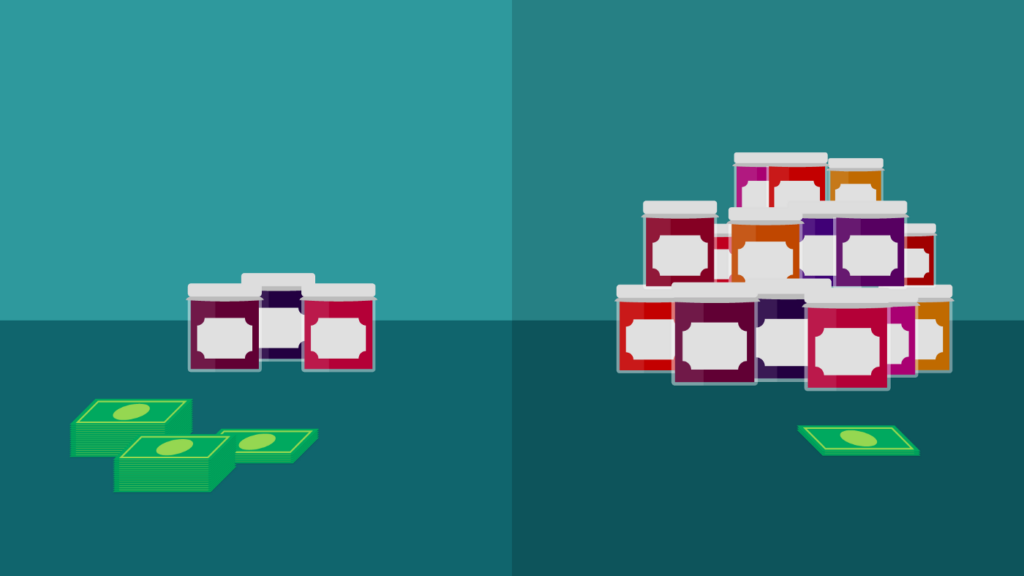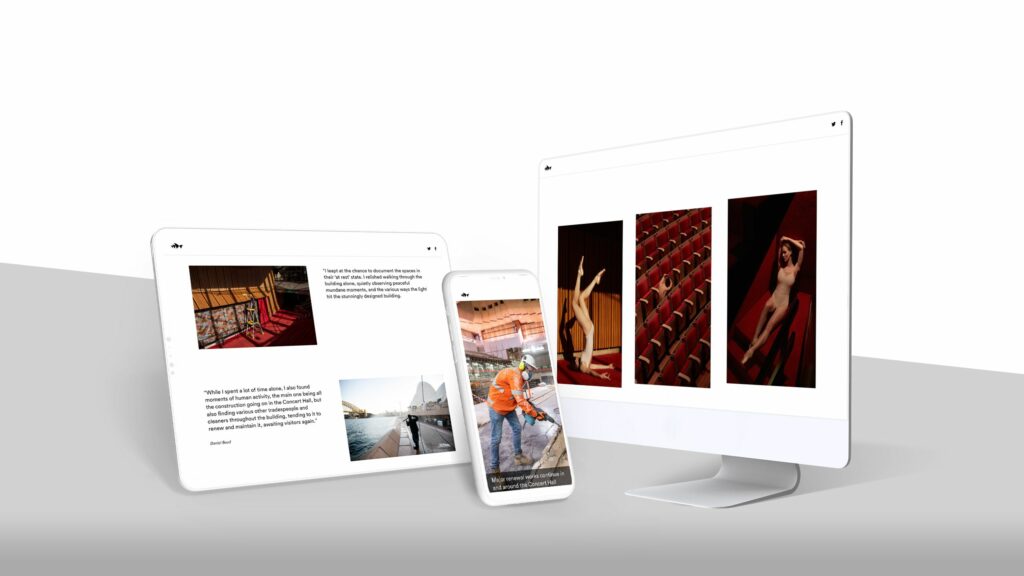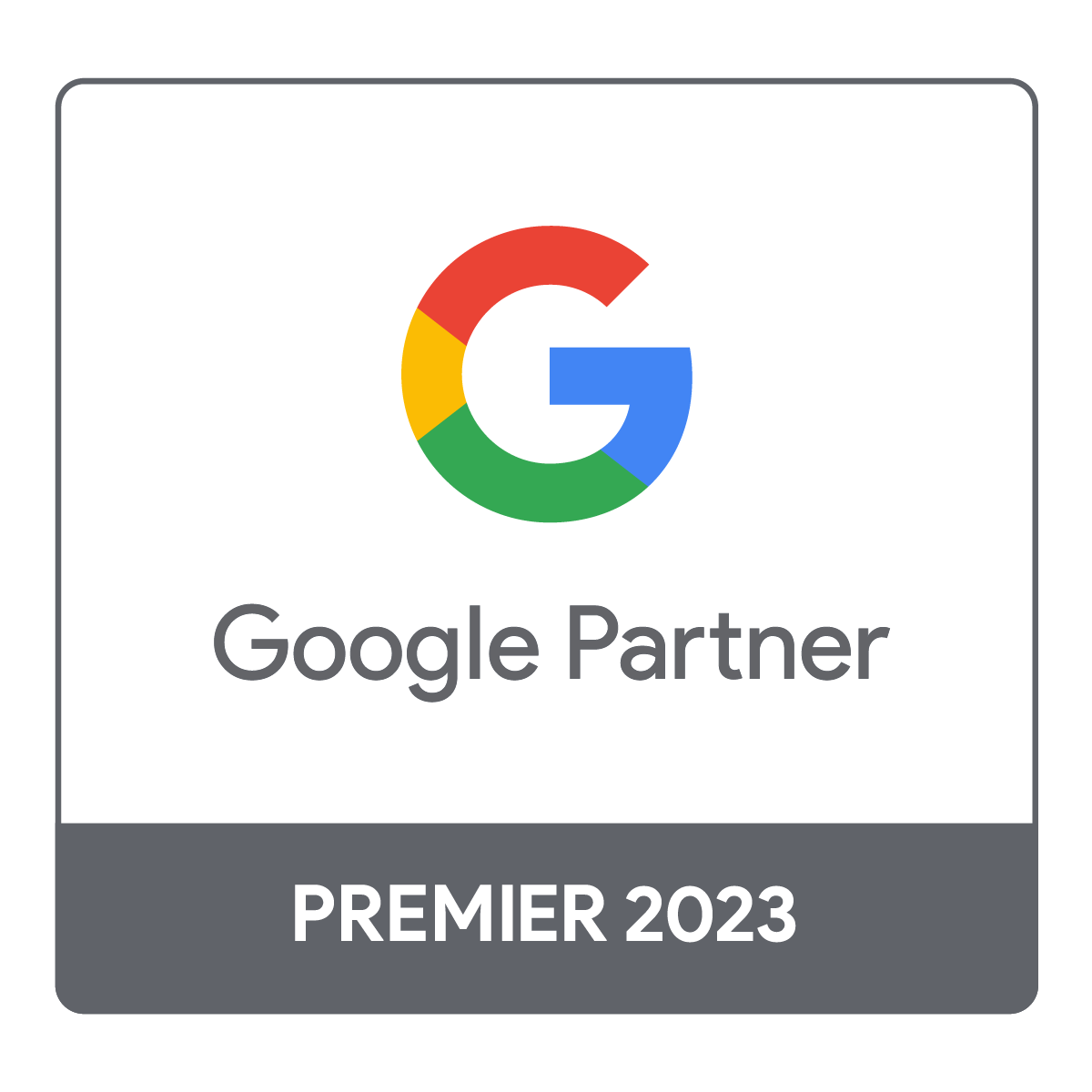Digital outreach campaigns have become a big part of online marketing. If you want to build better outreach, you’re going to have to contact a lot of people! But successful outreach campaigns aren’t that simple.
Here, you’re dealing with a single person instead of a general demographic as your target audience. Depending on who they are and what impression you make, the answer to whether they want to work with you can change.
That’s why you have to be very careful how you go about outreach campaigns. If you deem digital PR outreach necessary for your online business, you need to put in some effort to get it right.
Let’s look at some tried and tested methods to help your brand get better outreach that’ll lead to better brand awareness, and most importantly, quality backlinks for your website.
Table of contents
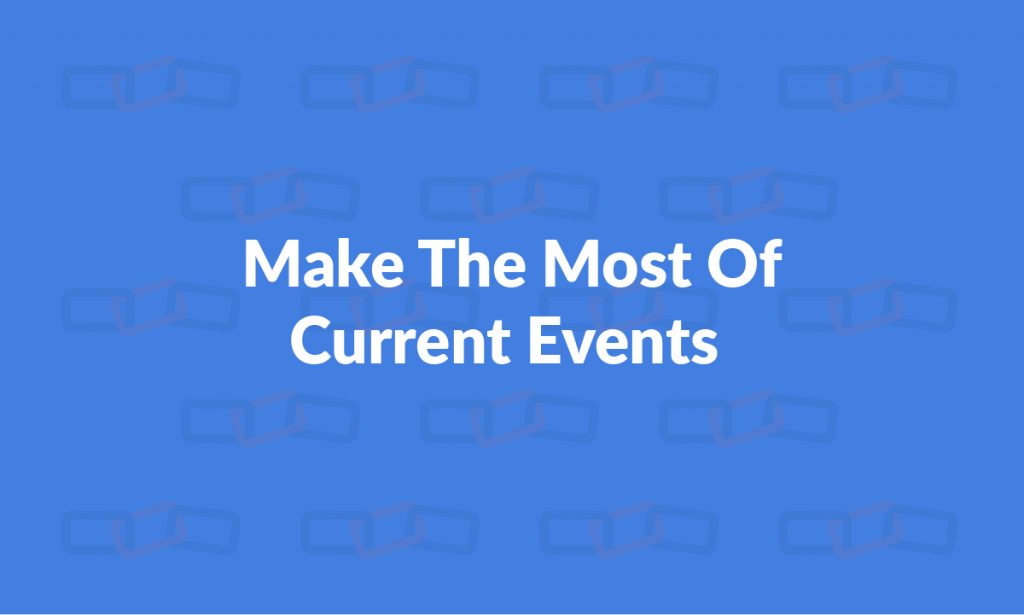
1. Make The Most Of Current Events
There is always something happening on social media—some new trend or event that could bring you into the spotlight. If you have something of value to provide to people’s stories, like an expert opinion or information about the trending topic, don’t hesitate to reach out to them!
But make sure you do so in an organized way. Don’t just throw a pitch together at the last minute. Keep track of what events will be happening throughout the year, and get in touch with your contacts in advance to tell them how you can add value to their stories.
Remember—only make use of current events if they relate to your niche. Don’t bend stories around to make them relevant because this will undermine you and your reliability, even if you have relevant information in the future.
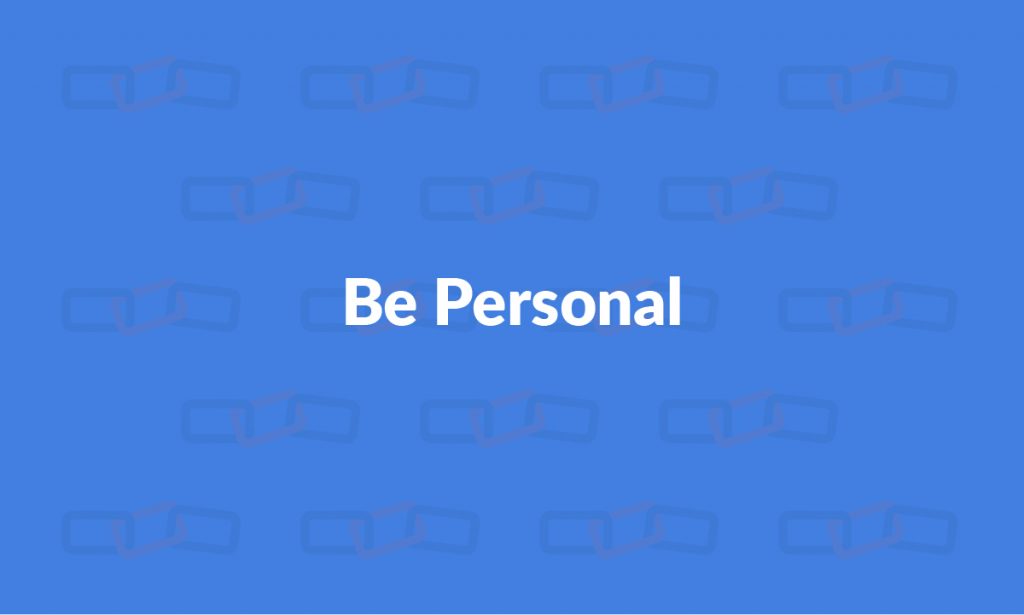
2. Be Personal
You’re working with people, so you should treat them as such! Nobody wants to open an automated email that starts with a generic ‘Dear Sir/Madam.’ If you’re pitching yourself or a story to someone, be personal about it. Don’t focus on making a sale but on starting a conversation.
Of course, you can’t contact everyone personally, but if you’re using automation tools, test them out on yourself first to see if they come across as personable, even if not 100% so.
You also need to know the people you’re pitching to before you try to start a conversation: who are they? What kind of stories do they usually work on? Check out all their publications and socials before contacting them to make sure you’re reaching the right person for the right thing. Nothing is more offensive to a professional than being mistaken for someone else!
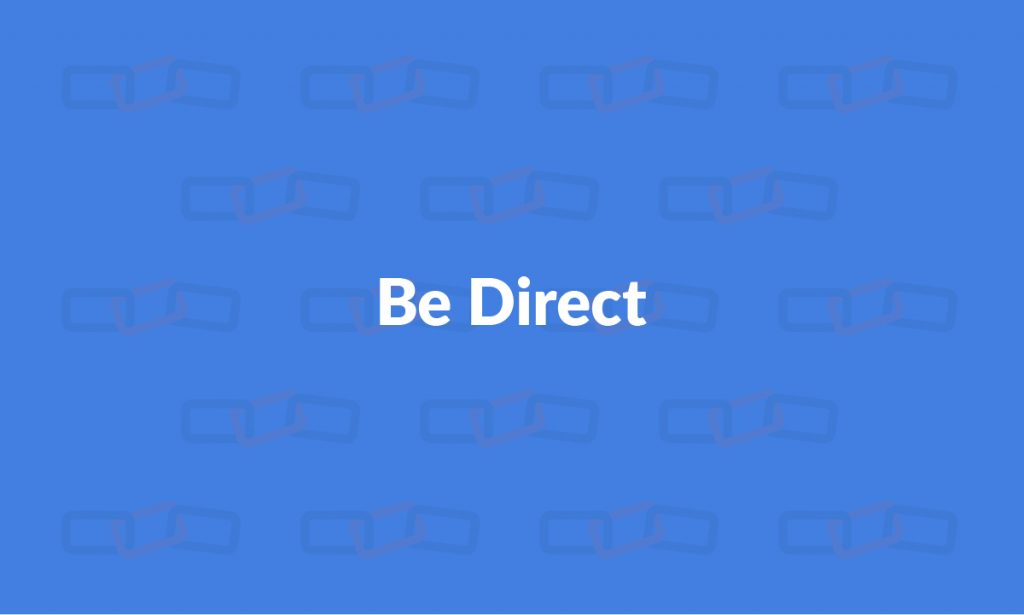
3. Be Direct
When you actually send that email, don’t beat around the bush. Be direct about what you want, what you’re trying to pitch and how it will provide value to the person you’re speaking to. And while the content of your email is important, this starts with the email subject line. If your subject line isn’t clear or interesting enough, you may risk not even having your email opened. Vague subject lines don’t work and might even be considered spam! Tell your contact what your email is about and what value it holds.
Struggling to write professional content? Our premium content writing service is here to help you!
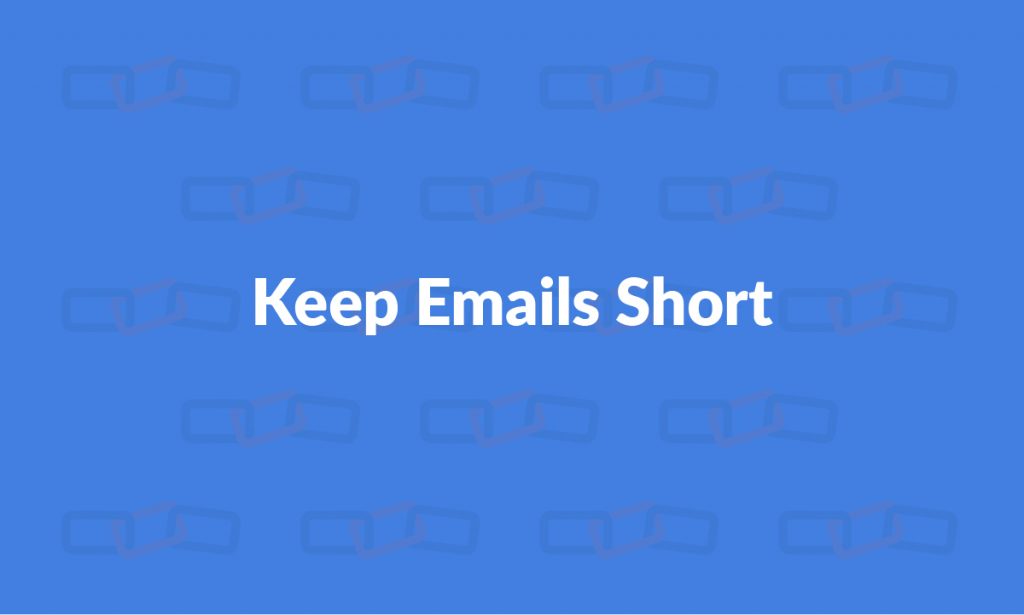
4. Keep Emails Short
The fact is, none of us like reading long blocks of text. Most of us don’t even fully read important documents because we skim through them for important information.
Similarly, nobody likes reading long emails, especially those filled with unnecessary buzzwords.
Keep your emails short—ideally under 150 words, but never more than 300—and concise. Attach material to the email for more detailed information, but the primary email should only have enough to make an impact and draw your contacts in. If your email body is good enough to convince your contact that you can provide value, they will open and read the attachments.
Should you be stuck with your email marketing strategy, you may wish to read our blog with 3 tips on how to perfect your email marketing strategy.
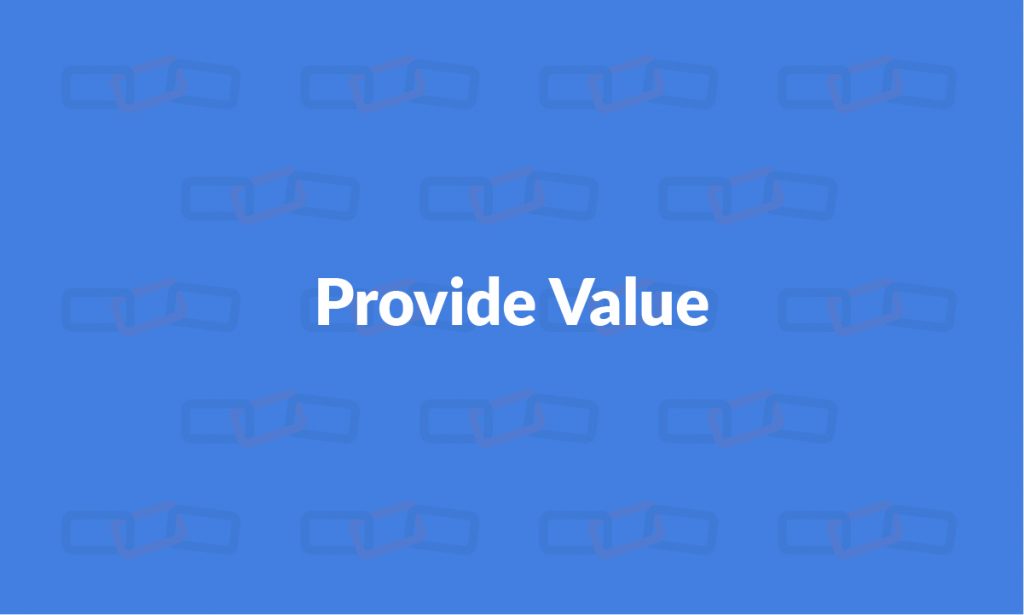
5. Provide Value
Long emails may be a big no, but that doesn’t mean emails can’t provide value. Just because you can’t get all your information across in your email doesn’t mean that what you can talk about isn’t important. Tell your recipients why your topic is trending and how, and give them all the information they’ll need to cover your story. This could be statistics, images, research, and information needed to write an article about you as easily as possible in the shortest amount of time.
Make sure to ask for feedback at the end of the email! This could be about your attachments or your story, but also about whether your recipient needs any extra resources to write about you.
Having the right approach towards your contacts is vital for PR outreach. Once you incorporate these tips into your strategy and figure out what influencers and journalists want from you, you’ll start seeing results.
So, what are you waiting for? Reach out to us today, and one of our specialists will be happy to get back in touch as soon as possible! First Page is the leading digital marketing agency in Asia, helping our clients exceed their expectations and grow their online presence.

